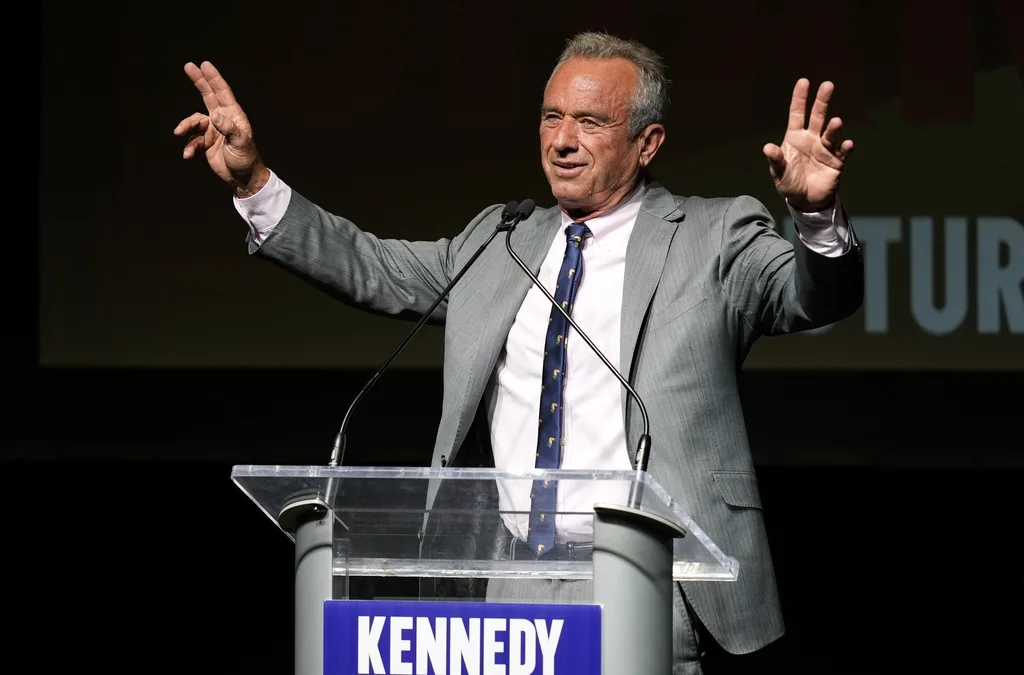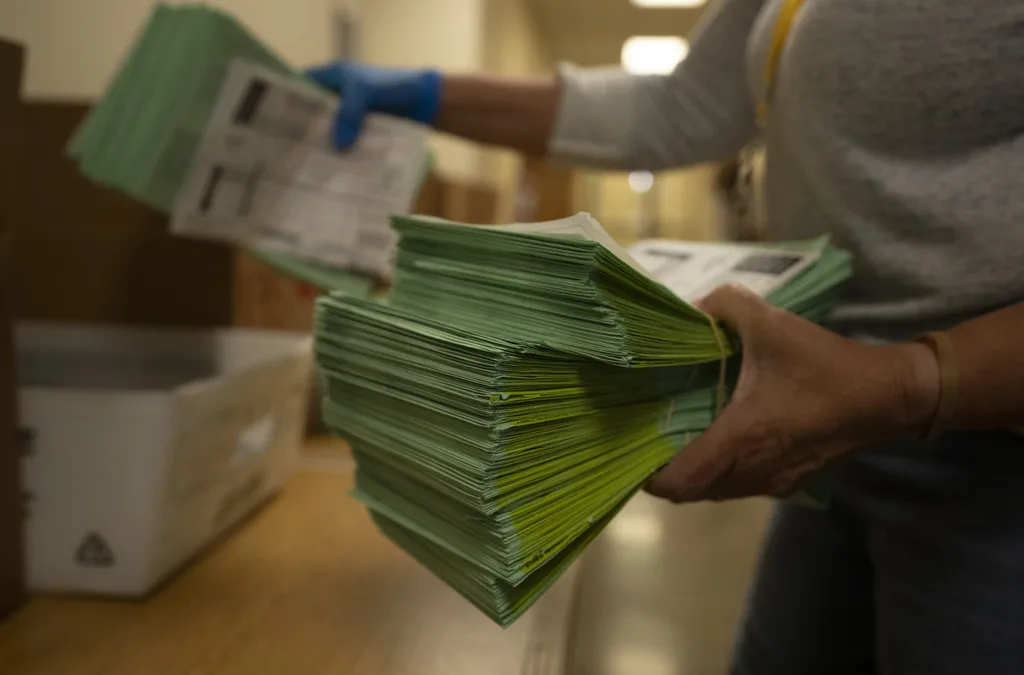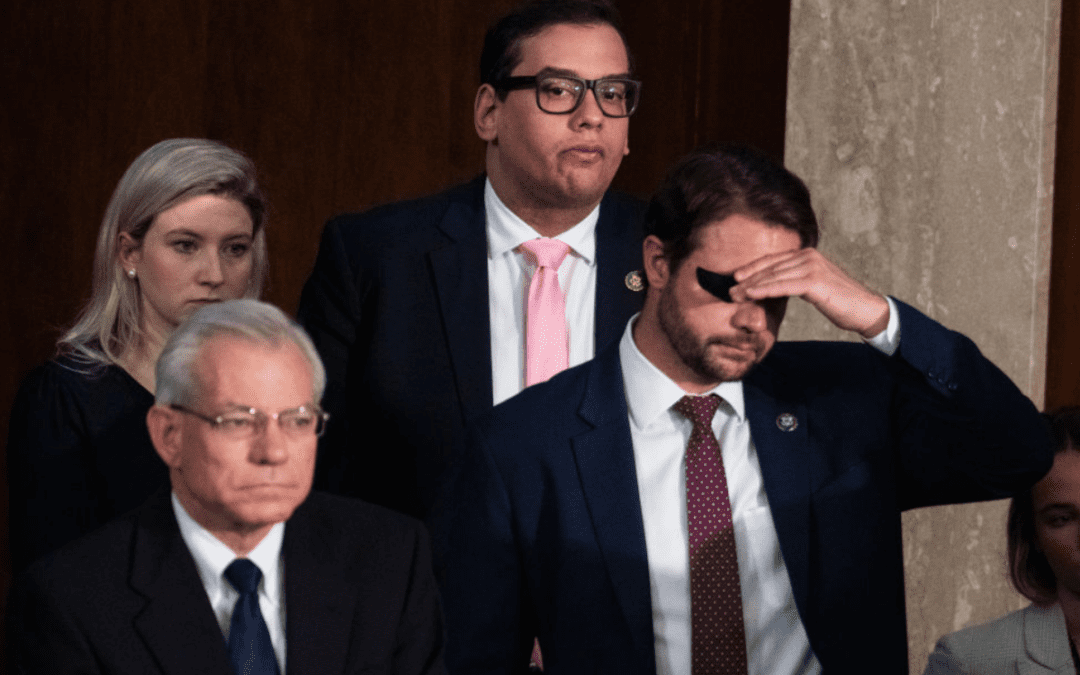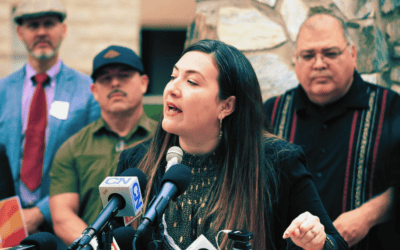
(Photo by Kylie Cochrane/Cronkite News)
PHOENIX – The digital divide is an old problem that requires a new—and permanent—solution.
The divide, which refers to the gap between people who have access to modern information and communications technology and those who don’t, hinders education for millions of students lacking internet access. The pandemic made this divide far more visible.
But an initiative funded by the 2020 CARES Act will help Phoenix schools bridge the divide, and it might pave the way for a nationwide fix.
Phoenix, Phoenix College, and Phoenix Union High School District have teamed up to create the Phoenix Digital Education Connection Canopy, a broadband network designed to provide free Wi-Fi to 250,000 families who have students in 13 Phoenix districts.
Students without internet at home usually have relied on hot spots near schools or foraged for Wi-Fi connectivity at libraries, coffee shops and other businesses. But in the age of Zoom and Google Classroom, students not only struggled to get online, they struggled to secure reliable connections.
Finding a solution for internet inequity was a silver lining of COVID-19, said Phoenix City Councilwoman Laura Pastor, one of the main people behind the digital canopy.
RELATED: Coronavirus Pandemic Shows That Digital Divide Isn’t Just a Problem — It’s a Crisis
“This problem is not going to go away. What it did … was made us all come together and focus and realize our workforce is being halted because they don’t have the access to the education they need, and they’re not going to come out prepared,” said Pastor, who represents District 4 in central Phoenix.
The infrastructure will consist of several 80-foot metal poles built near the schools, and families will be given a device, similar to a Wi-Fi router, to take home. No setup is required. All parents have to do to get access is have a child enrolled full-time in school.
The Wi-Fi provided is specifically designed for education – students will not have access to such sites as Netflix or Instagram.
Pastor said the city will raise awareness through social media and flyers. They also will educate families on how to use the router-like device.
“The kids will get trained. They’ll get a code,” she said, adding that parents also will be taught how to use it.
Students of all grade levels will be able to access Wi-Fi at their homes. If successful, the canopy may be expanded to include public places, such as a community center.
“If you’re within the Phoenix junior high school district area … the plan is for you to have internet access from preschool all the way through community college,” said Victoria Farrar, the chief financial officer for the Cartwright School District.

Other cities have attempted similar solutions, but Phoenix claims its use of existing technology makes it more cost-effective. The project also is unusual in that local businesses and telecommunications broadband companies are involved.
Farrar said funding for the project mainly comes from a $34 million grant Phoenix received from the Coronavirus Aid, Relief and Economic Security Act, or CARES, which includes education funding.
Officials plan to offset additional costs through several methods, she said, including an intern program to help with maintenance of the technology.
“We can mitigate some of the costs by having our own in-house technicians … instead of having to bring in a very expensive vendor,” Farrar said.
Paul Ross, the associate vice president and chief information officer of Phoenix College, said the pandemic created the “appetite” necessary to find a permanent solution to the digital divide, rather than a temporary fix, such as adding hotspots.
RELATED: One Solution to the Digital Divide? Offering Free Wi-Fi Citywide
Determined to find a solution to the digital divide, the team at Phoenix College was the driving force behind this project. Ross had been toying with the idea of using existing technology for years, but it wasn’t until he began working with Pastor that a plan was made to attempt this in Phoenix.
Pastor, a former educator and a representative for a low-income community, identified a strong need for the technology in her district.
“Affluent neighborhoods were able to get the connection that was needed,” she said, while the “infrastructure in the more impoverished neighborhoods (were) not as compatible or as fast as in other areas.”
The technology was tested at several sites, including schools in the Alahambra and Cartwright districts. It will roll out slowly to more Phoenix schools, and the hope is to expand it across cities once they receive the necessary equipment.
“The best thing about this … is that not only will it happen in Phoenix, we’re going to give everybody the playbook to do it in every other city in the state, and rural communities and Native American communities,” Pastor said.
Looking for the latest Arizona news? Sign up for our FREE daily newsletter.

He said what? 10 things to know about RFK Jr.
The Kennedy family has long been considered “Democratic royalty.” But Robert F. Kennedy, Jr.—son of Robert F. Kennedy, who was assassinated while...

Here’s everything you need to know about this month’s Mercury retrograde
Does everything in your life feel a little more chaotic than usual? Or do you feel like misunderstandings are cropping up more frequently than they...

Arizona expects to be back at the center of election attacks. Its officials are going on offense
Republican Richer and Democrat Fontes are taking more aggressive steps than ever to rebuild trust with voters, knock down disinformation, and...

George Santos’ former treasurer running attack ads in Arizona with Dem-sounding PAC name
An unregistered, Republican-run political action committee from Texas with a deceptively Democratic name and ties to disgraced US Rep. George Santos...




